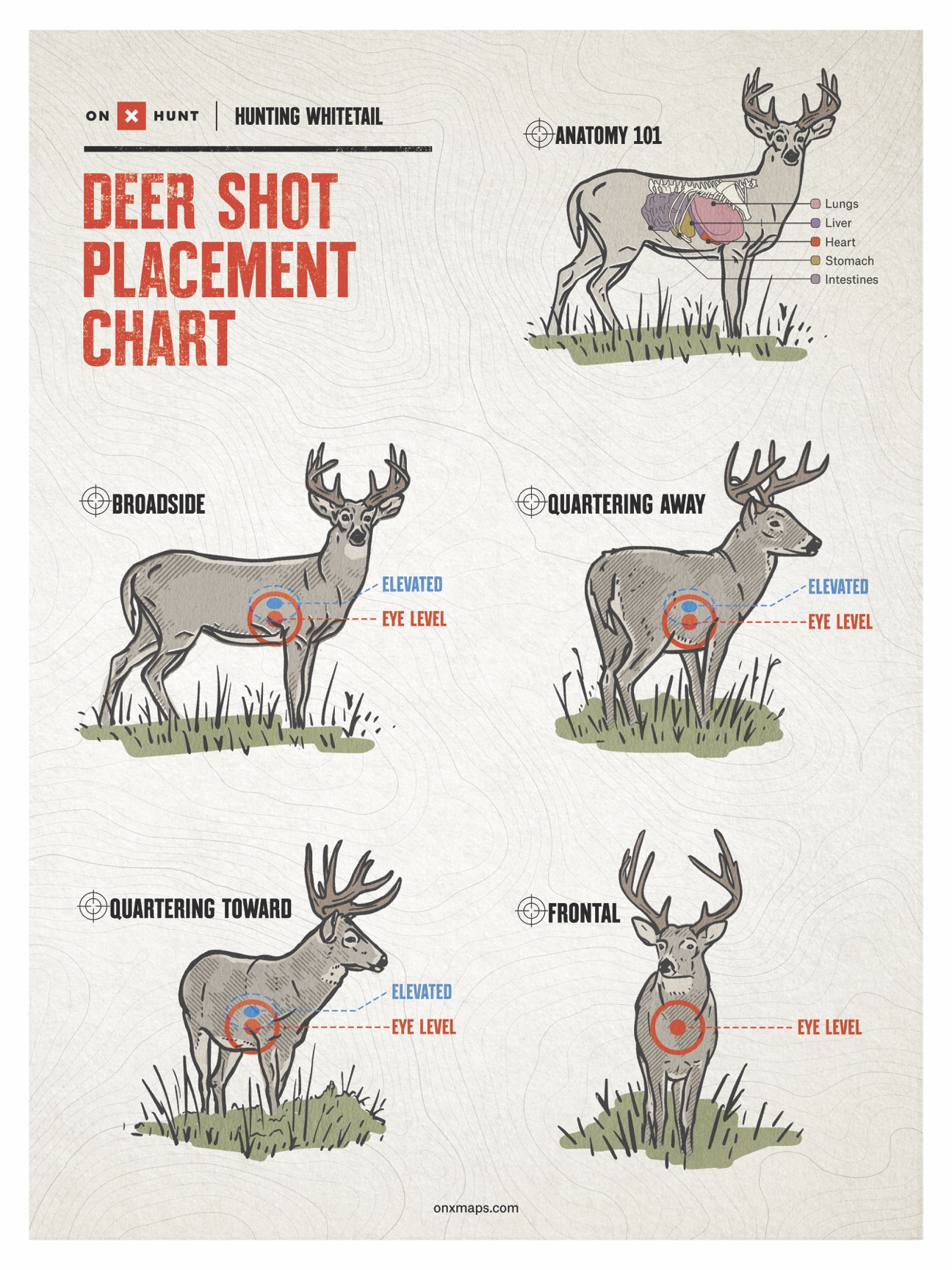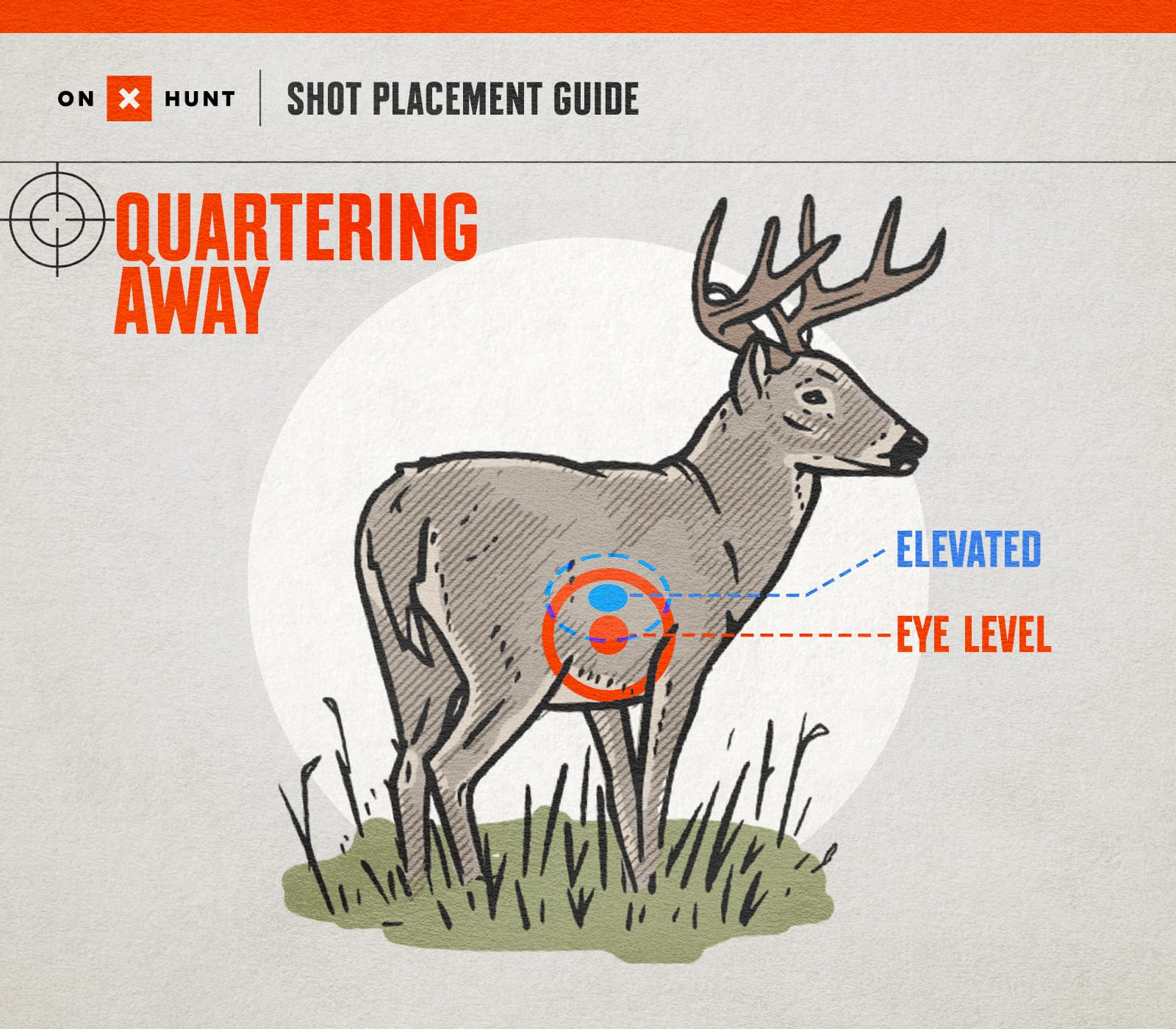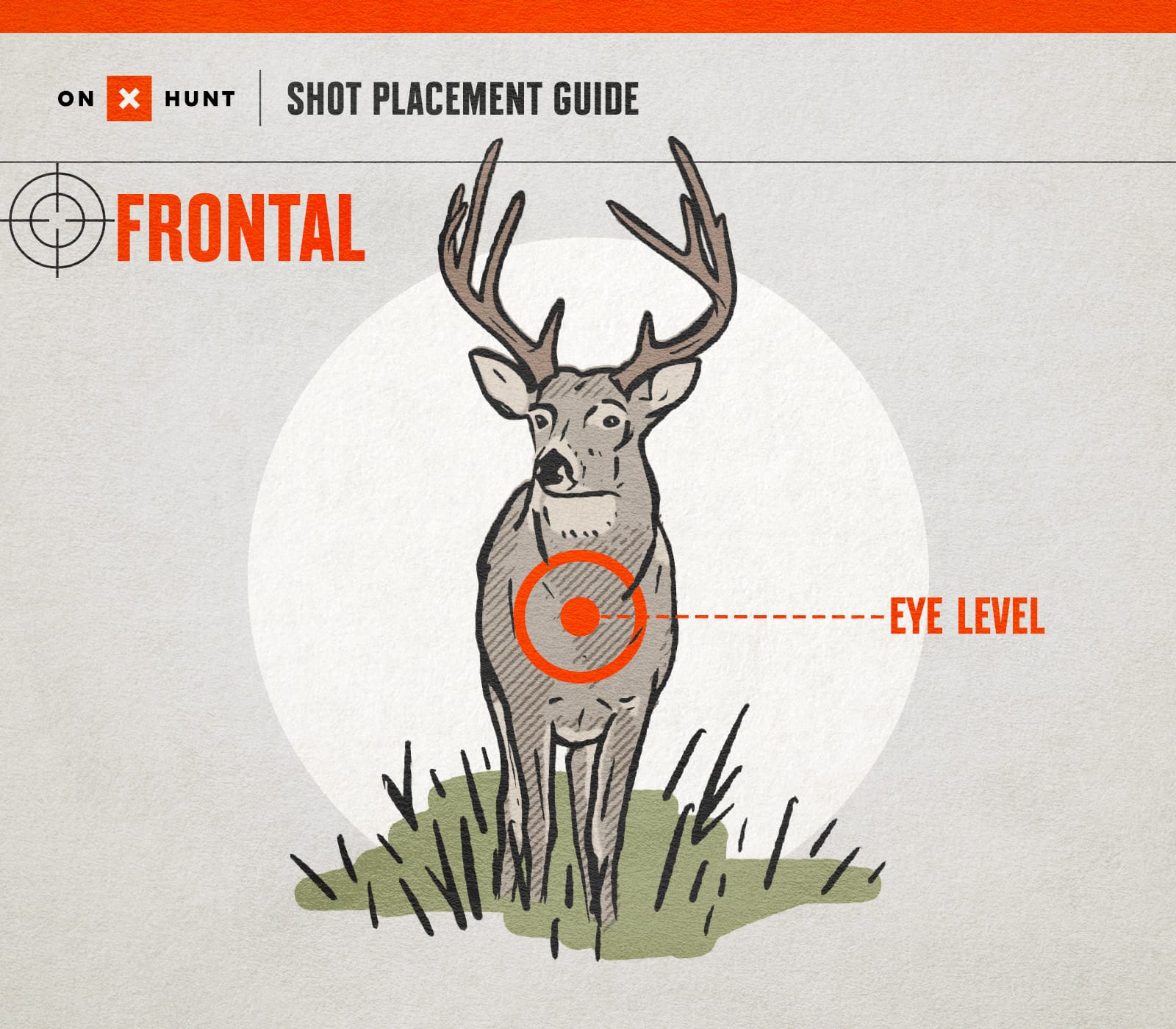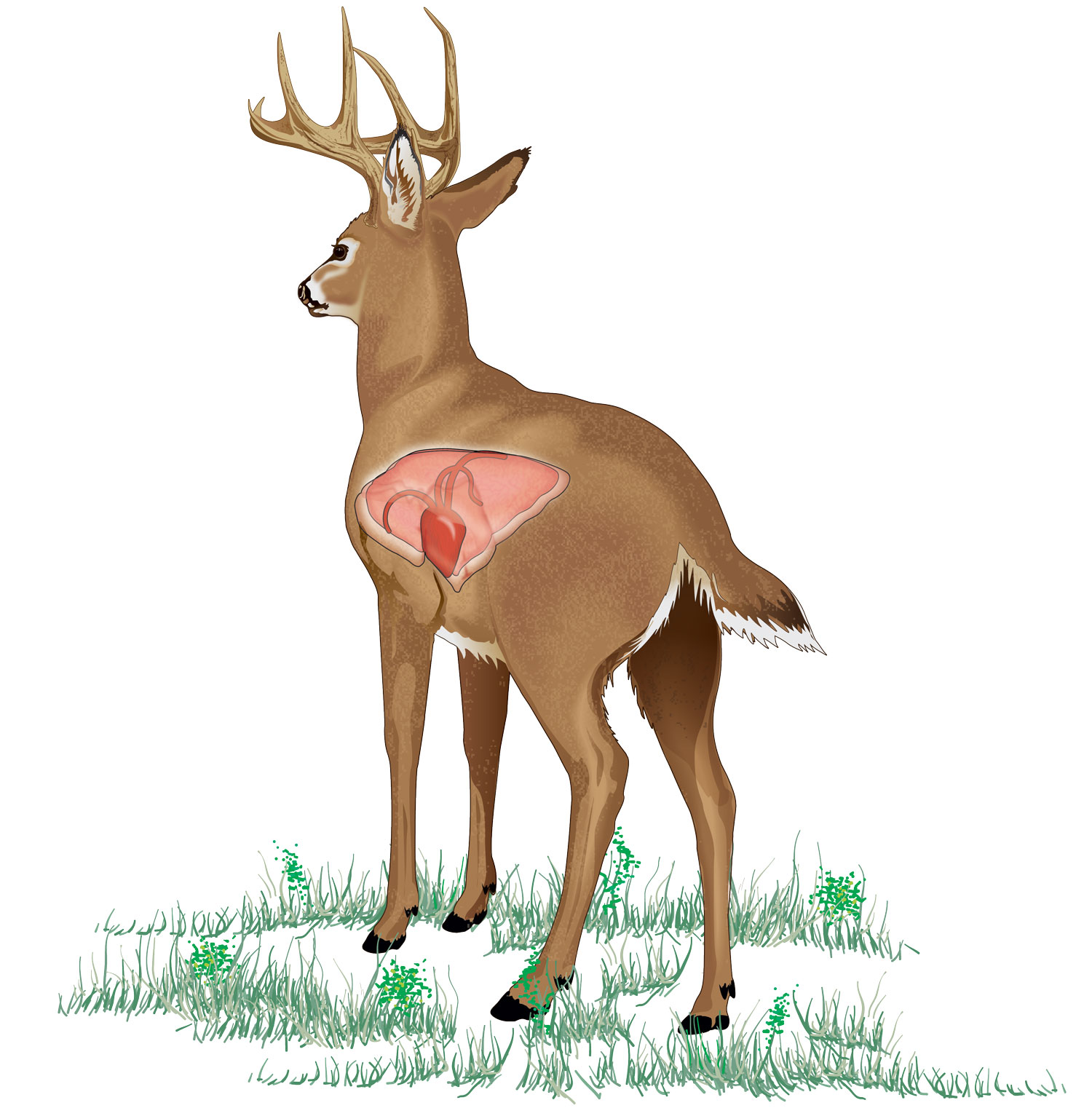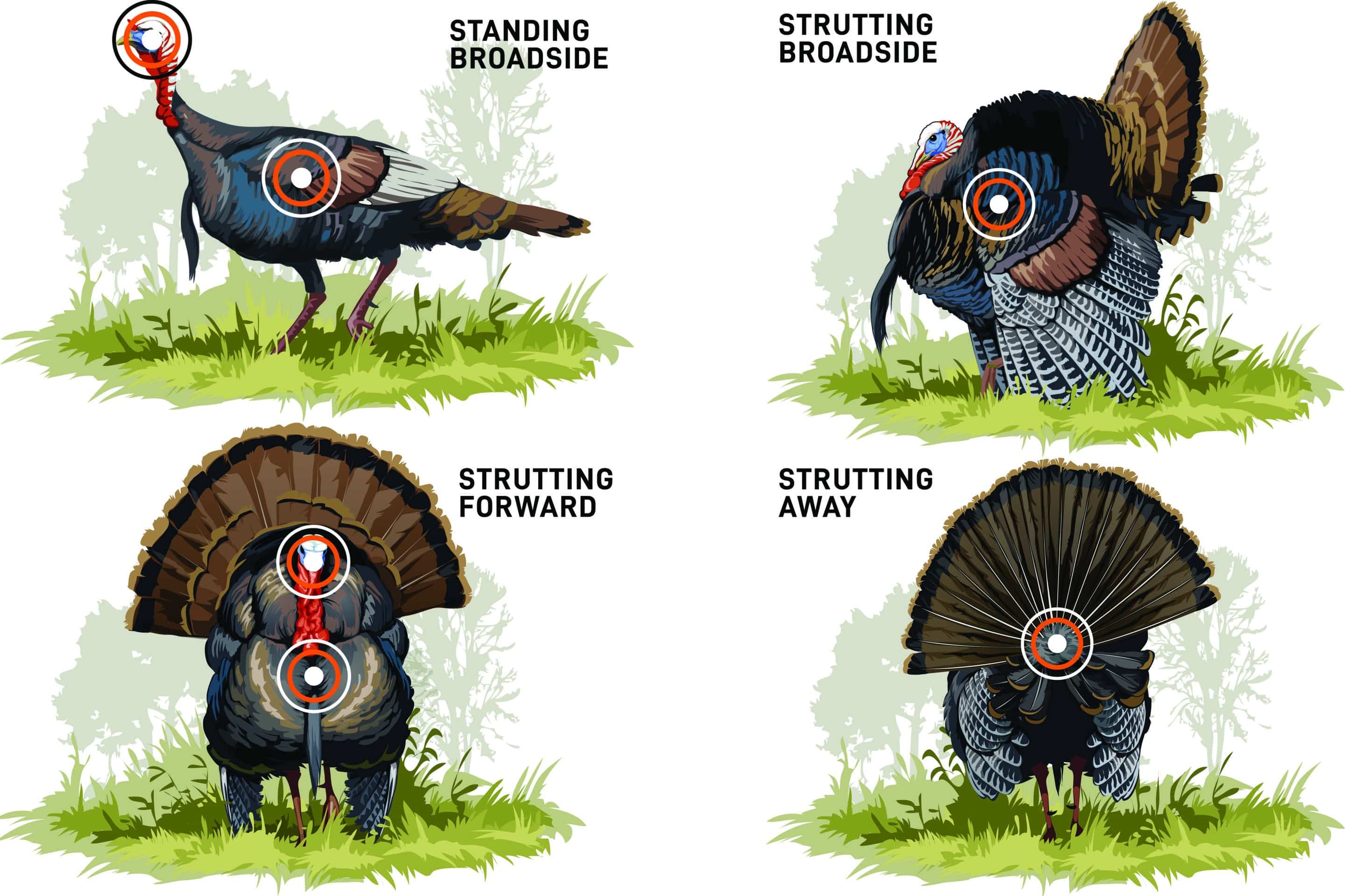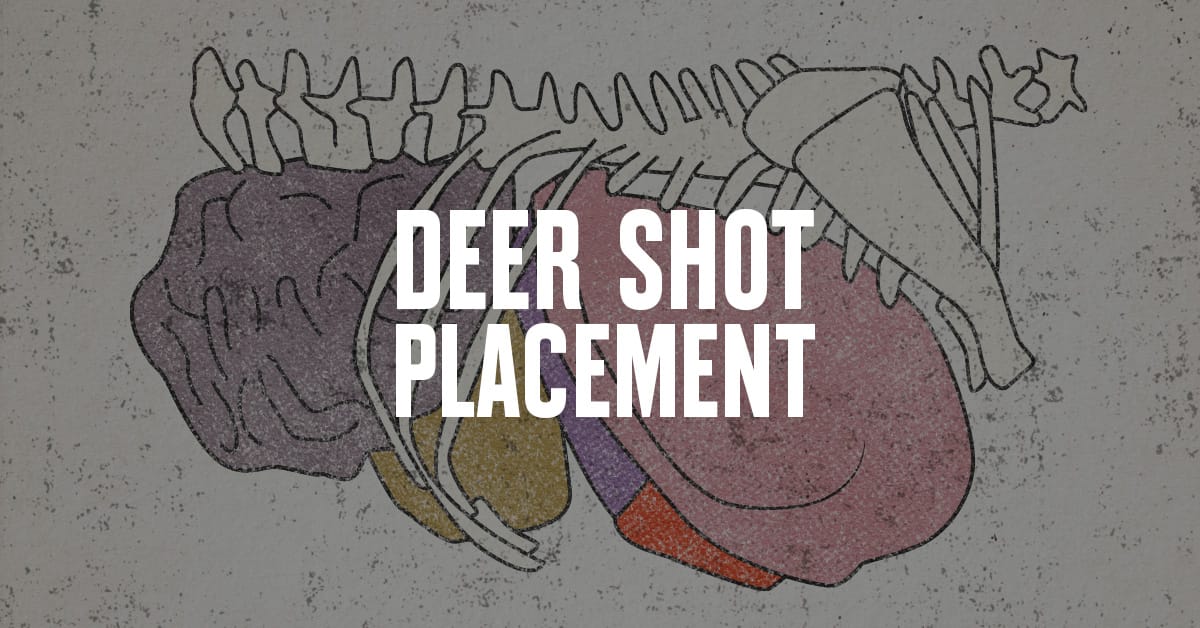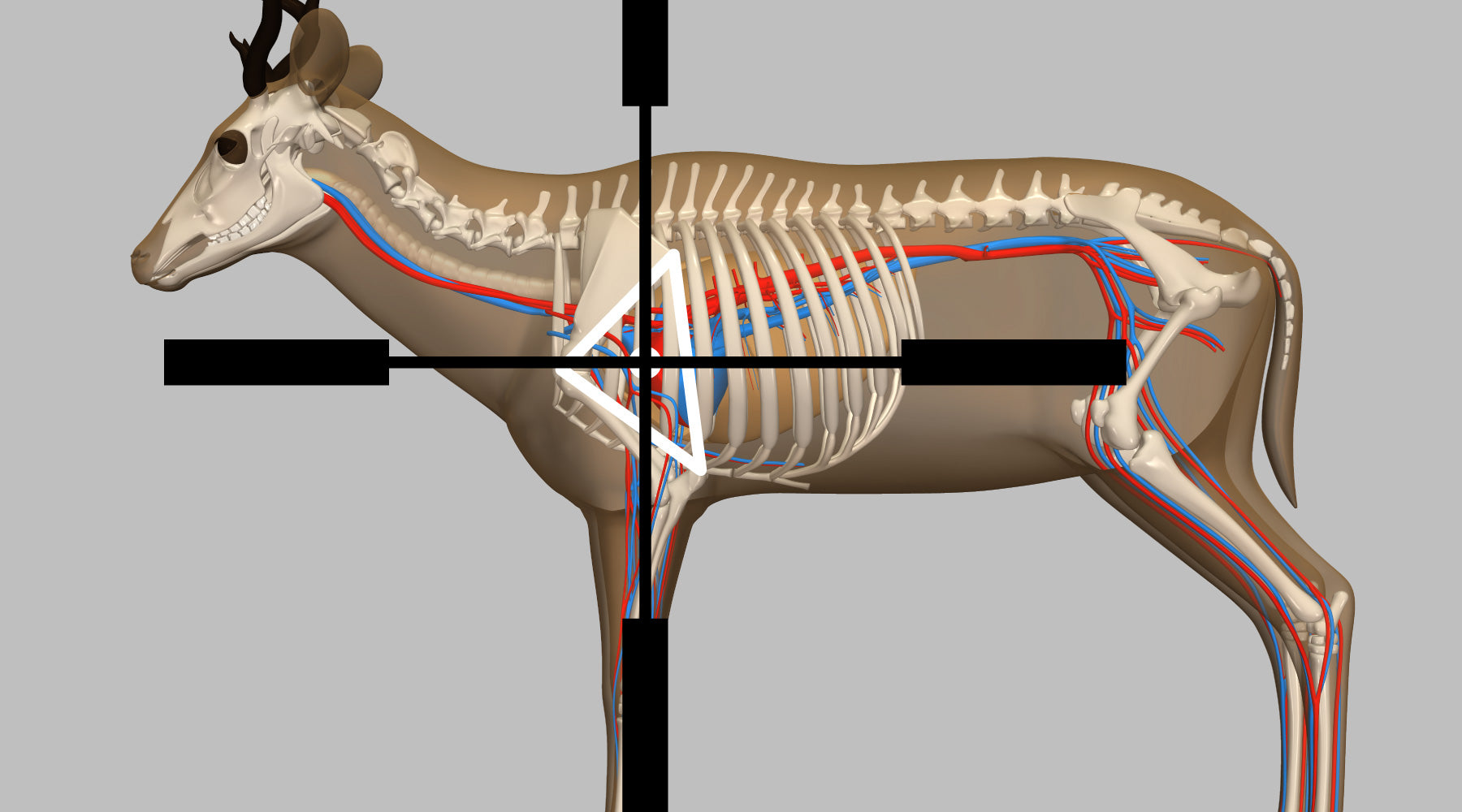Which Shot Rarely Results In A Clean Kill

Hunters often strive for ethical kills, aiming to bring down game quickly and humanely. However, data suggests that one particular shot placement consistently results in a lower probability of immediate incapacitation: the gut shot.
This article examines the realities of gut shots in hunting, drawing upon expert opinions and available data to understand why they are rarely clean kills and the ethical implications they pose for hunters. Understanding the consequences of different shot placements is crucial for promoting responsible hunting practices.
The Grim Reality of Gut Shots
A gut shot, also known as a shot to the abdomen, impacts the digestive organs of the animal. It rarely causes instant death.
Instead, it leads to a slow and agonizing demise. The animal can suffer for hours or even days before succumbing to infection, peritonitis, or blood poisoning, according to hunting experts.
The agonizing death often leads to long tracking periods with very little chance that the animal will be recovered.
Why Gut Shots Are Seldom Clean
The vital organs in the abdominal cavity, such as the intestines, stomach, liver, and kidneys, are not immediately essential for maintaining consciousness or mobility. Unlike a shot to the heart or brain, a gut shot does not cause immediate system failure.
Instead, damage to these organs leads to gradual internal bleeding, infection, and a breakdown of the digestive system. The delayed nature of these effects allows the animal to potentially travel significant distances before succumbing to the injury.
Furthermore, the contents of the digestive tract can leak into the abdominal cavity, causing severe infection. This adds to the suffering and prolongs the time until death.
Ethical Considerations for Hunters
The prevalence of gut shots raises important ethical questions for hunters. Aiming for vital organs like the heart and lungs is considered the most ethical approach, as it maximizes the chances of a quick and humane kill.
The Quality Deer Management Association (QDMA) advocates for shot placement that prioritizes a clean kill, minimizing suffering for the animal.
The Boone and Crockett Club, a conservation organization, also emphasizes ethical hunting practices, including proper shot selection and tracking wounded game.
Strategies for Avoiding Gut Shots
Preventing gut shots requires a combination of proper preparation, skill, and ethical decision-making. Hunters should invest time in practicing their shooting skills at various distances and angles.
This practice should include shooting from realistic hunting positions. This will ensure that hunters are confident in their ability to make a clean shot under pressure.
Hunters must also be intimately familiar with animal anatomy, understanding the precise location of vital organs. Proper knowledge will allow for better shot placement.
Additionally, it is crucial to wait for a clear, unobstructed shot. Hunters should avoid taking shots when the animal is moving, partially obscured, or at an extreme distance.
Patience is key. Waiting for the right opportunity significantly increases the chances of a clean, ethical kill. Ethical hunters often pass on shots if the conditions are not optimal.
According to a study published in the Wildlife Society Bulletin, hunter education programs that emphasize shot placement and ethical decision-making can significantly reduce the incidence of non-lethal shots.
The Role of Hunter Education
Hunter education programs play a vital role in promoting responsible hunting practices. These programs typically cover topics such as wildlife identification, hunting regulations, firearm safety, and ethical hunting principles.
Many programs now include specific instruction on shot placement, emphasizing the importance of aiming for vital organs. Simulations and visual aids can help hunters understand the anatomy of different game animals and the consequences of different shot placements.
Furthermore, hunter education programs often address the ethical considerations associated with hunting. This includes promoting a respect for wildlife and an understanding of the hunter's responsibility to minimize suffering.
Tracking and Follow-Up
Even with the best intentions and preparation, a less-than-ideal shot can sometimes occur. In such cases, it is imperative for hunters to make every effort to track and recover the wounded animal.
This may involve following blood trails, using trained tracking dogs, or seeking assistance from experienced trackers. The goal is to locate the animal as quickly as possible and dispatch it humanely.
If the animal cannot be recovered, it is essential to report the incident to the appropriate wildlife authorities. This allows for documentation and potential monitoring of the animal population.
Moving Forward: A Call for Responsible Hunting
The issue of gut shots highlights the need for ongoing education and a commitment to ethical hunting practices. By prioritizing shot placement, honing shooting skills, and making responsible decisions in the field, hunters can minimize the risk of causing unnecessary suffering to wildlife.
Emphasizing the importance of hunter education and ethical decision-making is paramount for promoting responsible hunting practices and ensuring the long-term sustainability of wildlife populations. Responsible hunting is crucial for preserving the tradition while ensuring the well-being of the animals.
Ultimately, the goal is to pursue hunting in a manner that reflects a deep respect for the animals involved and a commitment to minimizing suffering. This benefits both the animals and the integrity of the hunting community. The best shot is the one that isn't taken, if the conditions aren't right.


